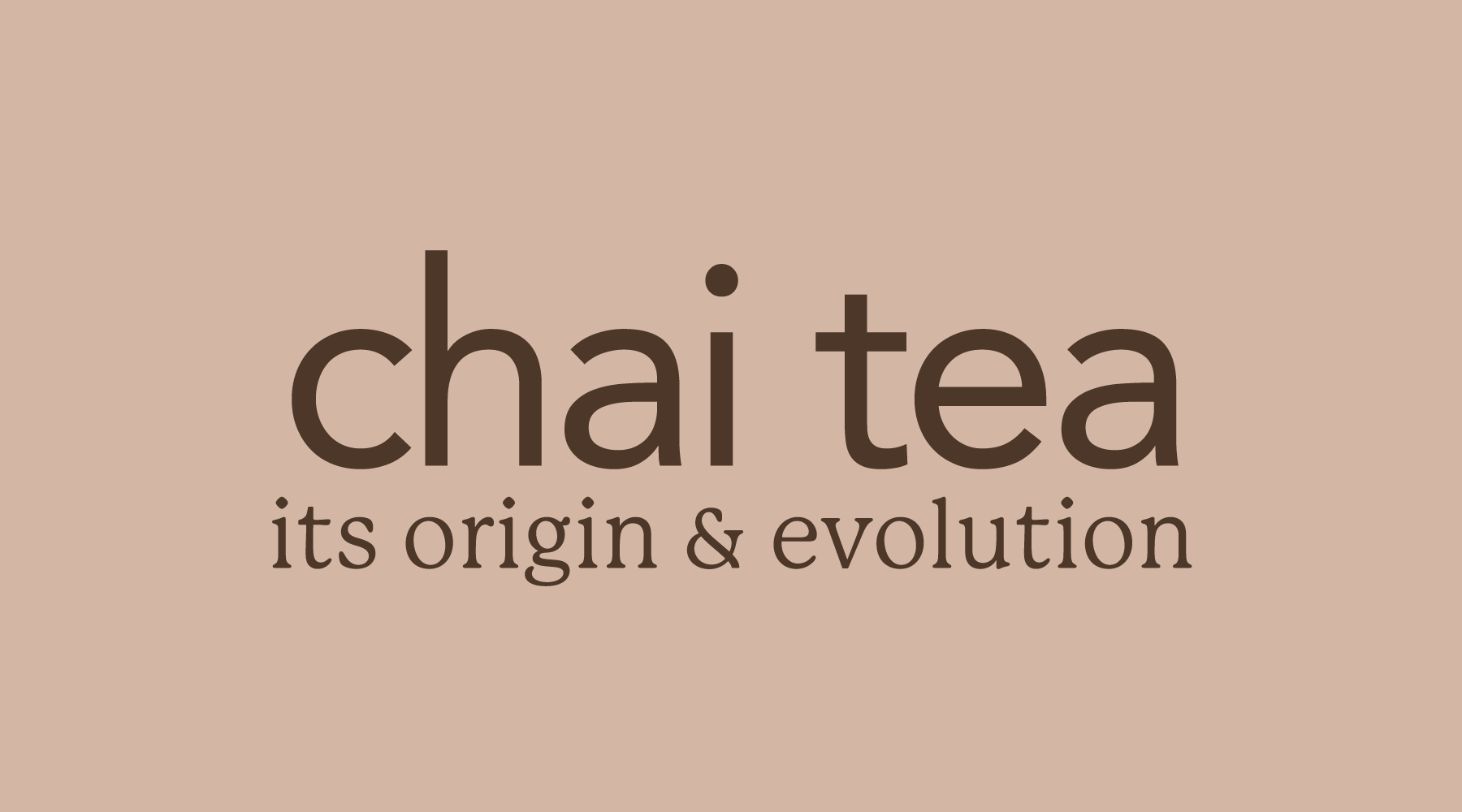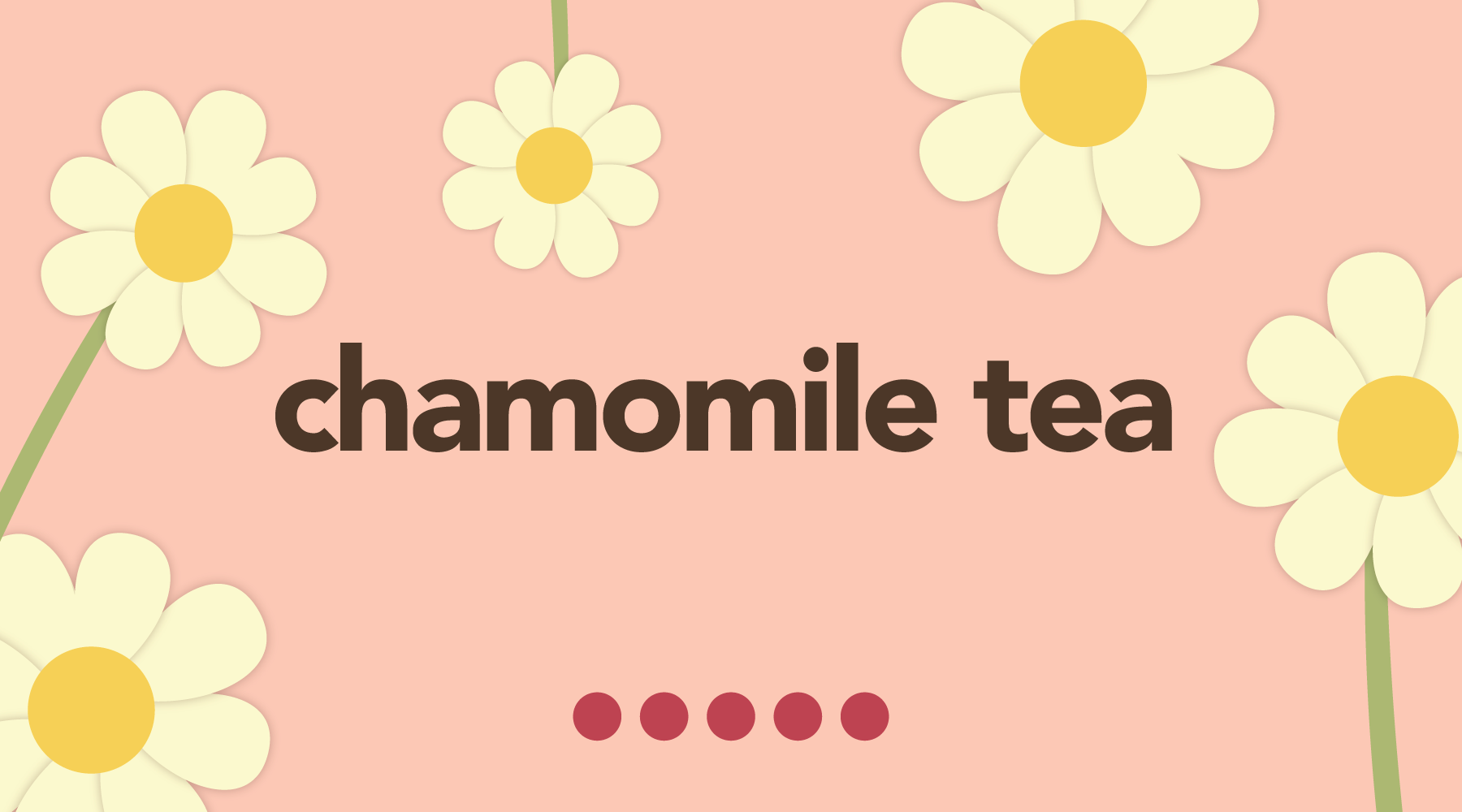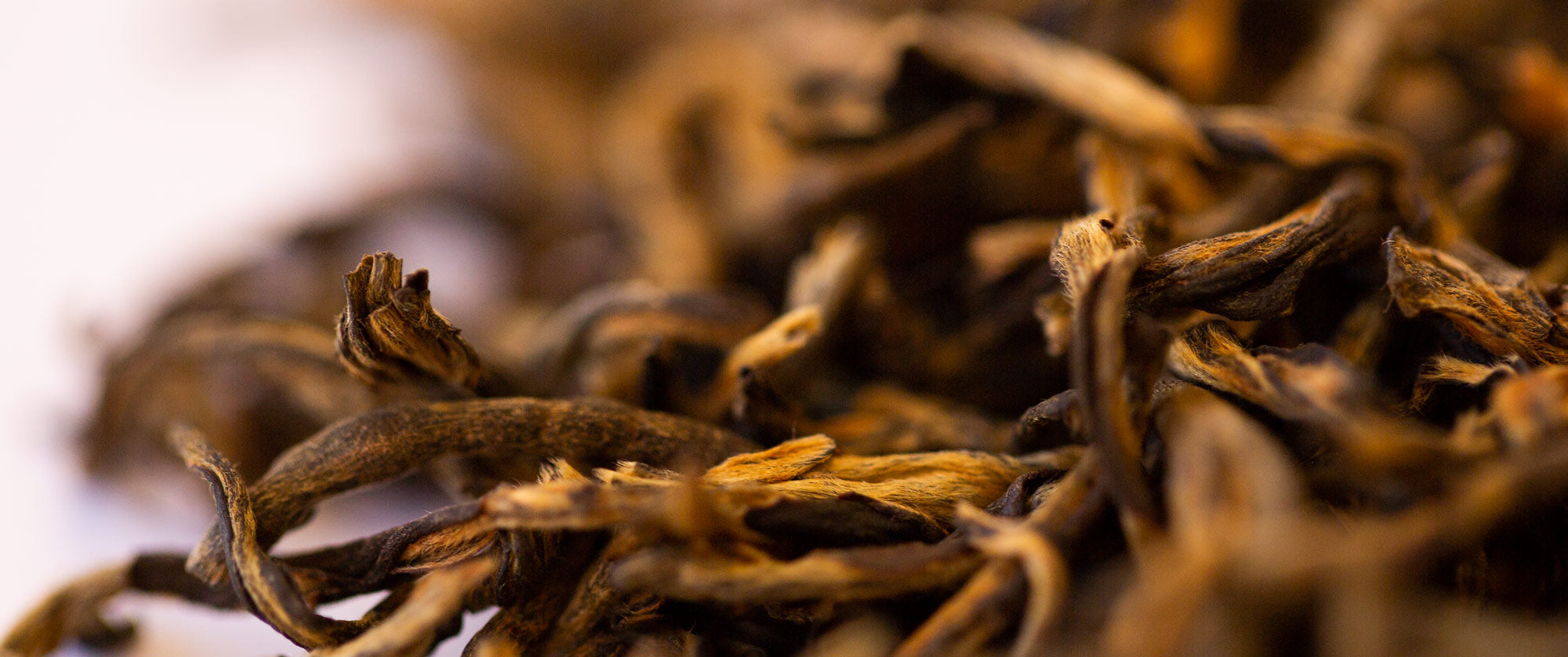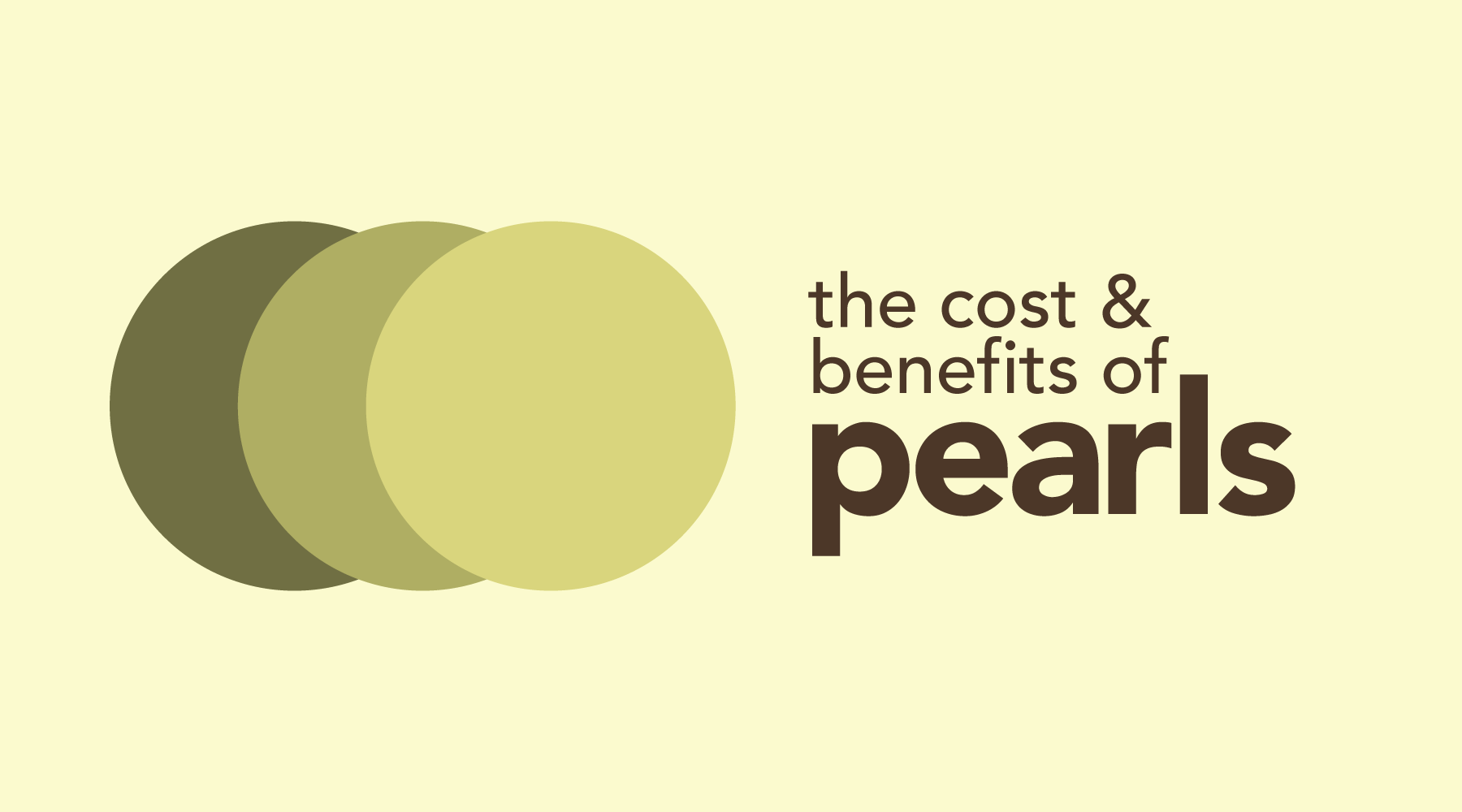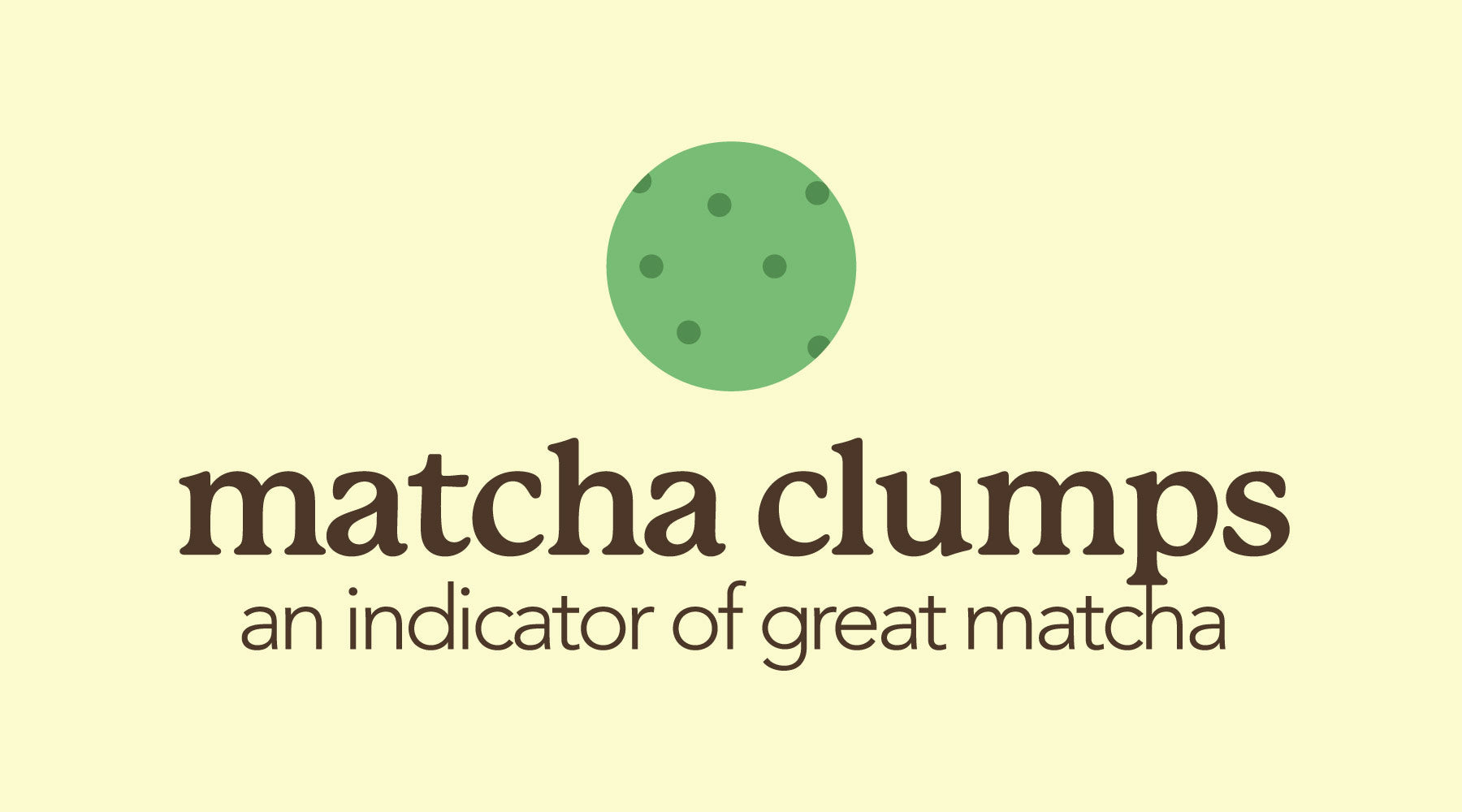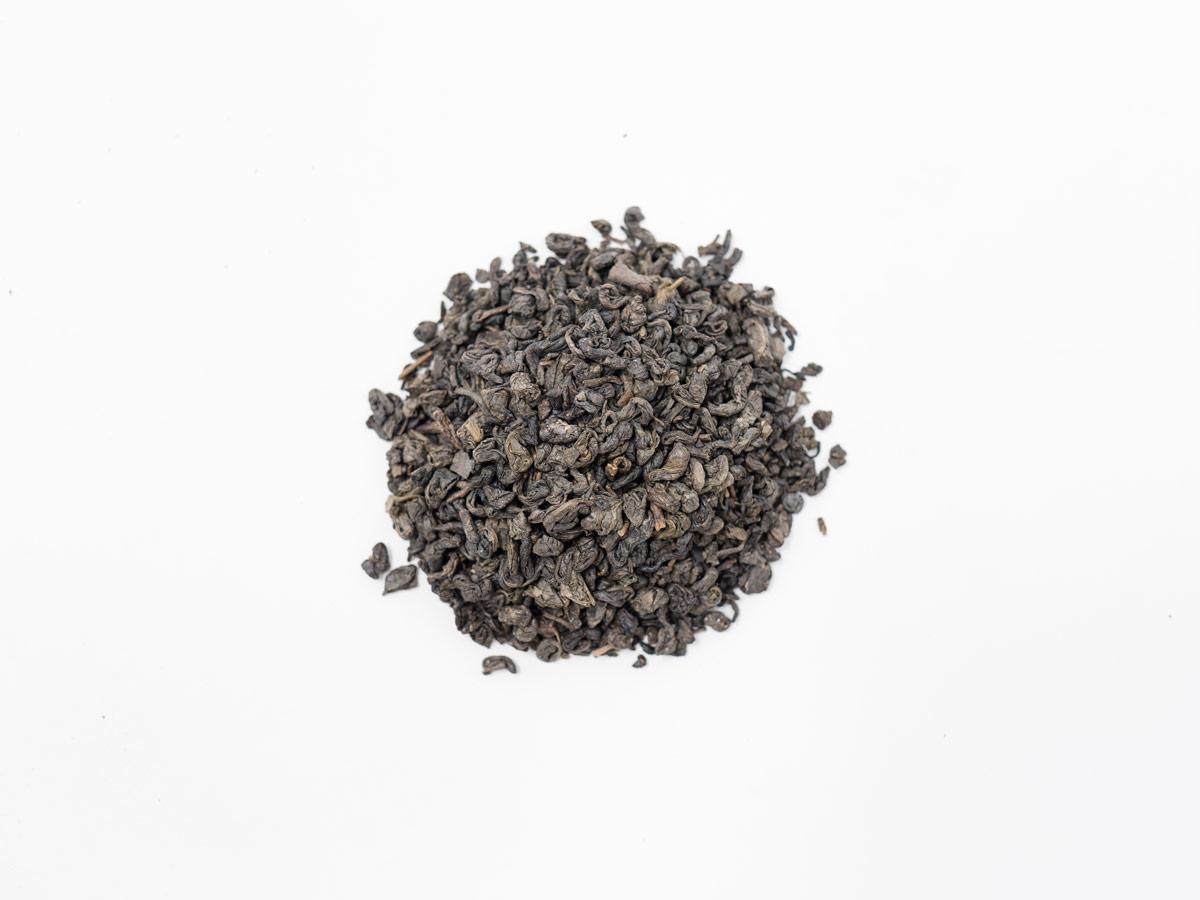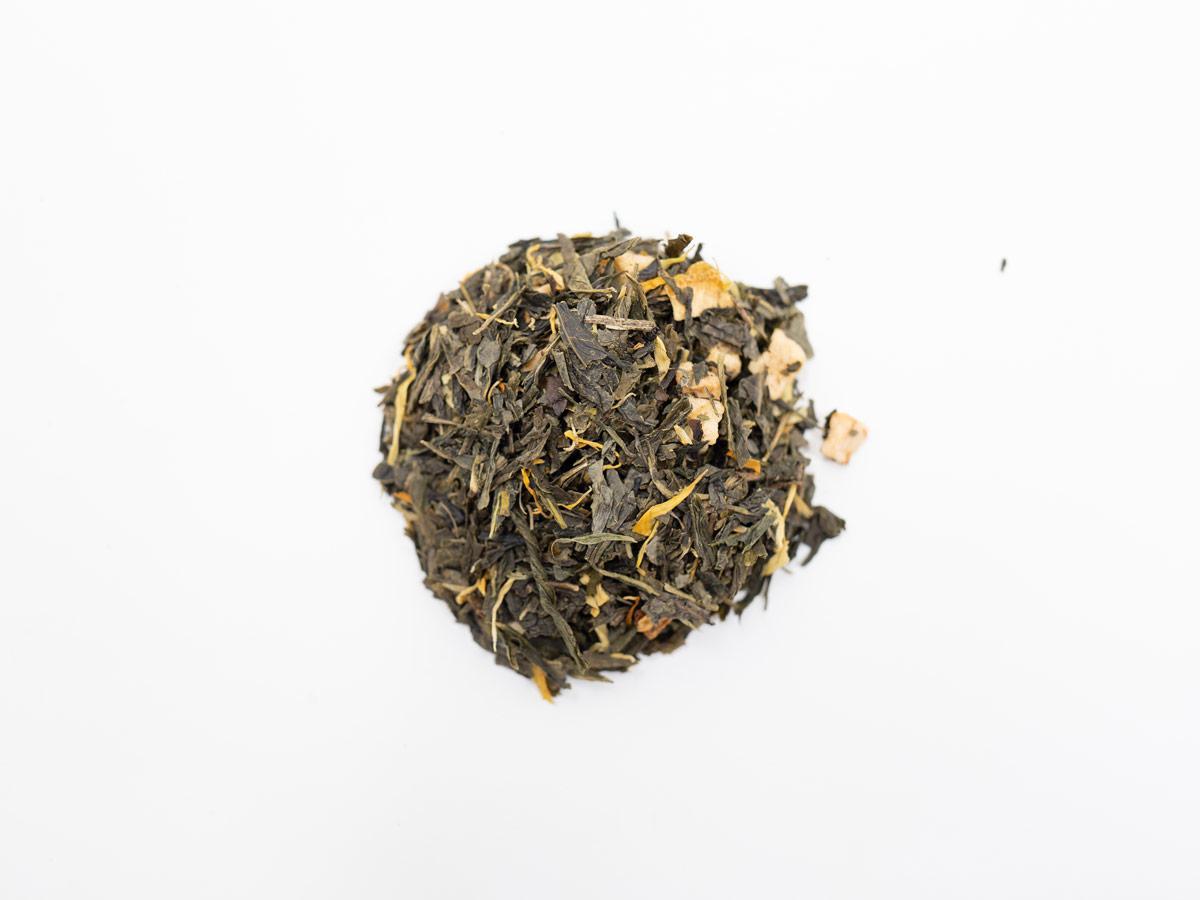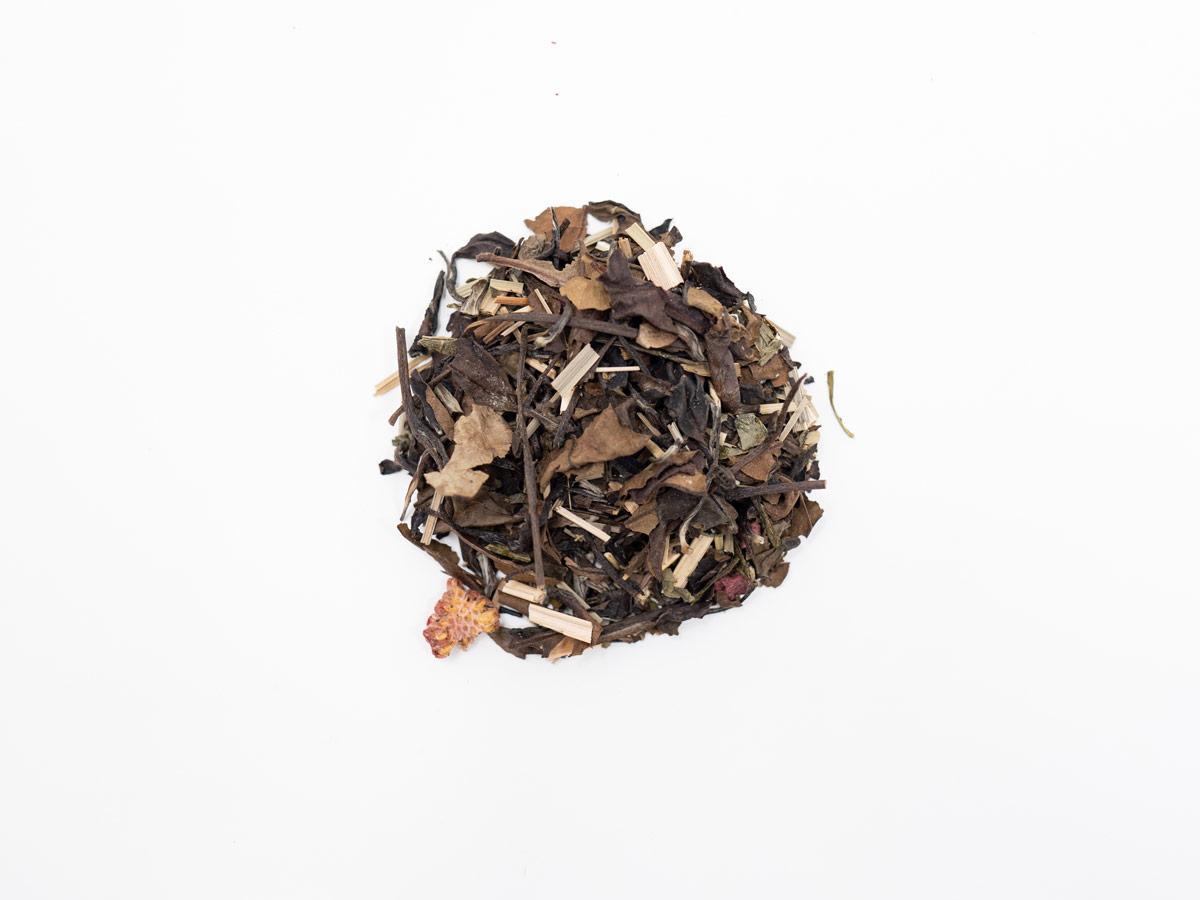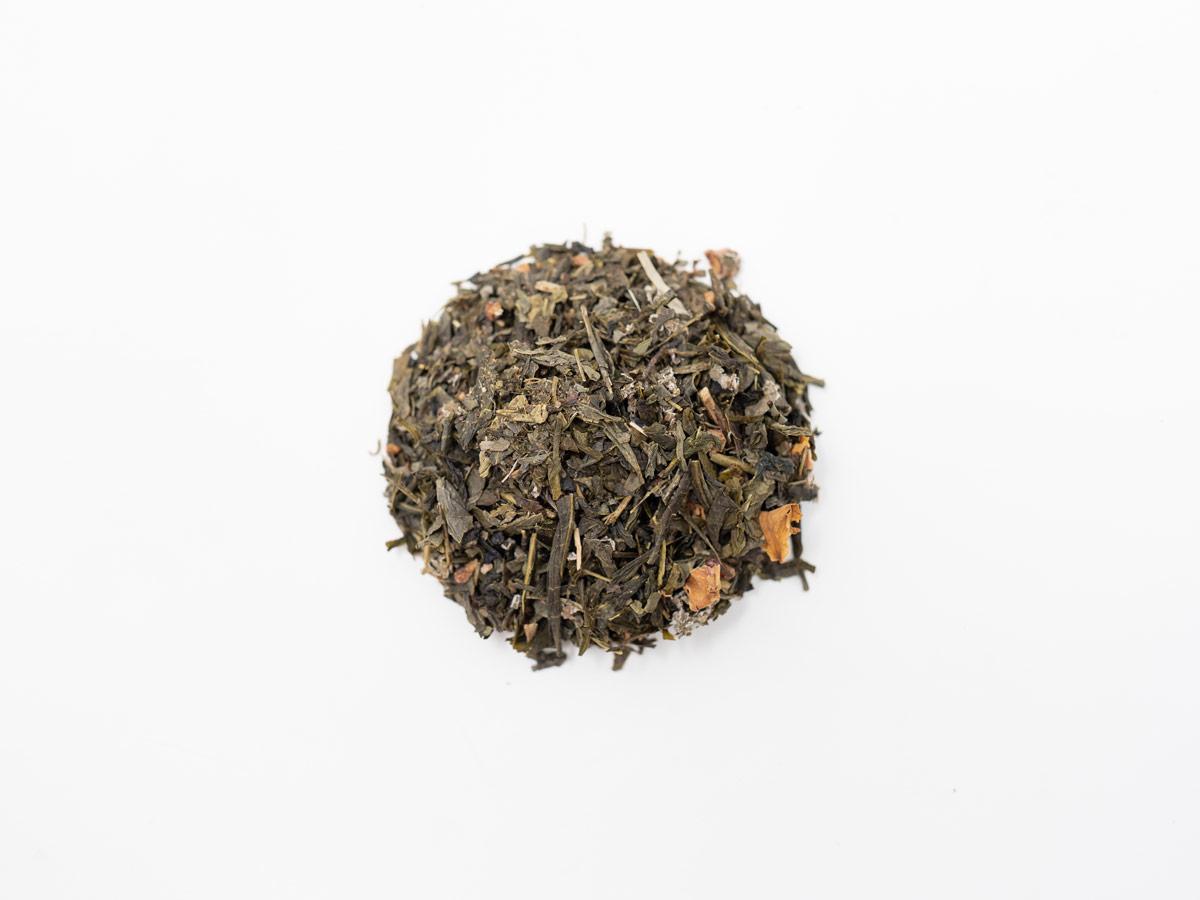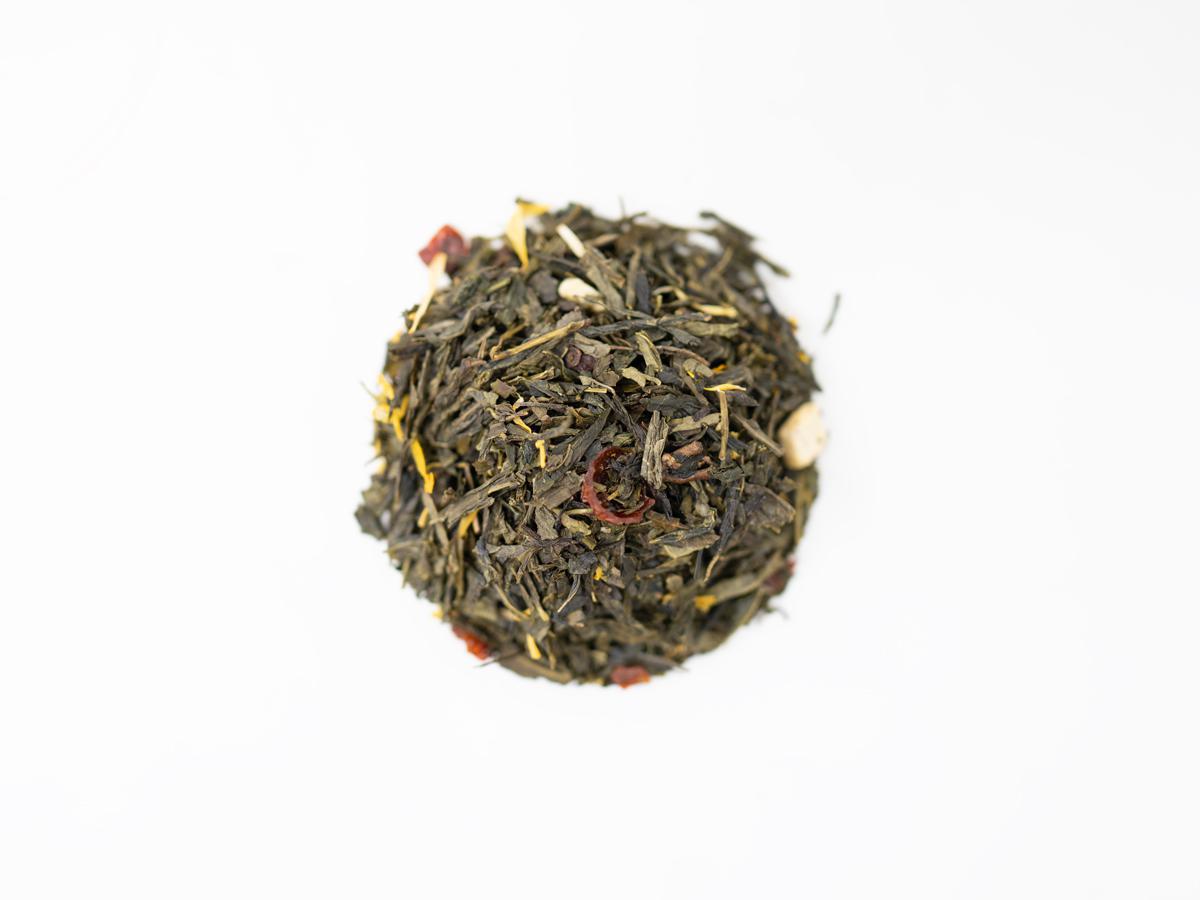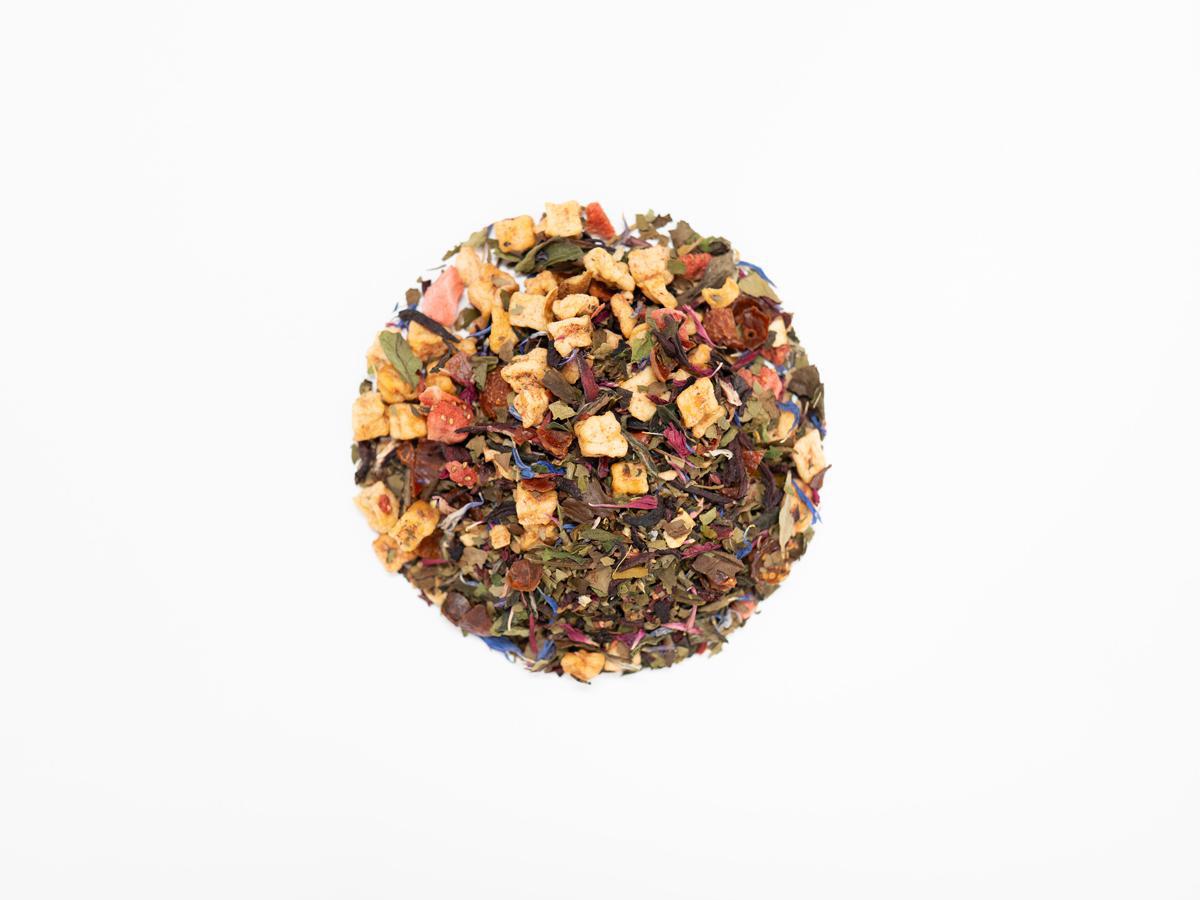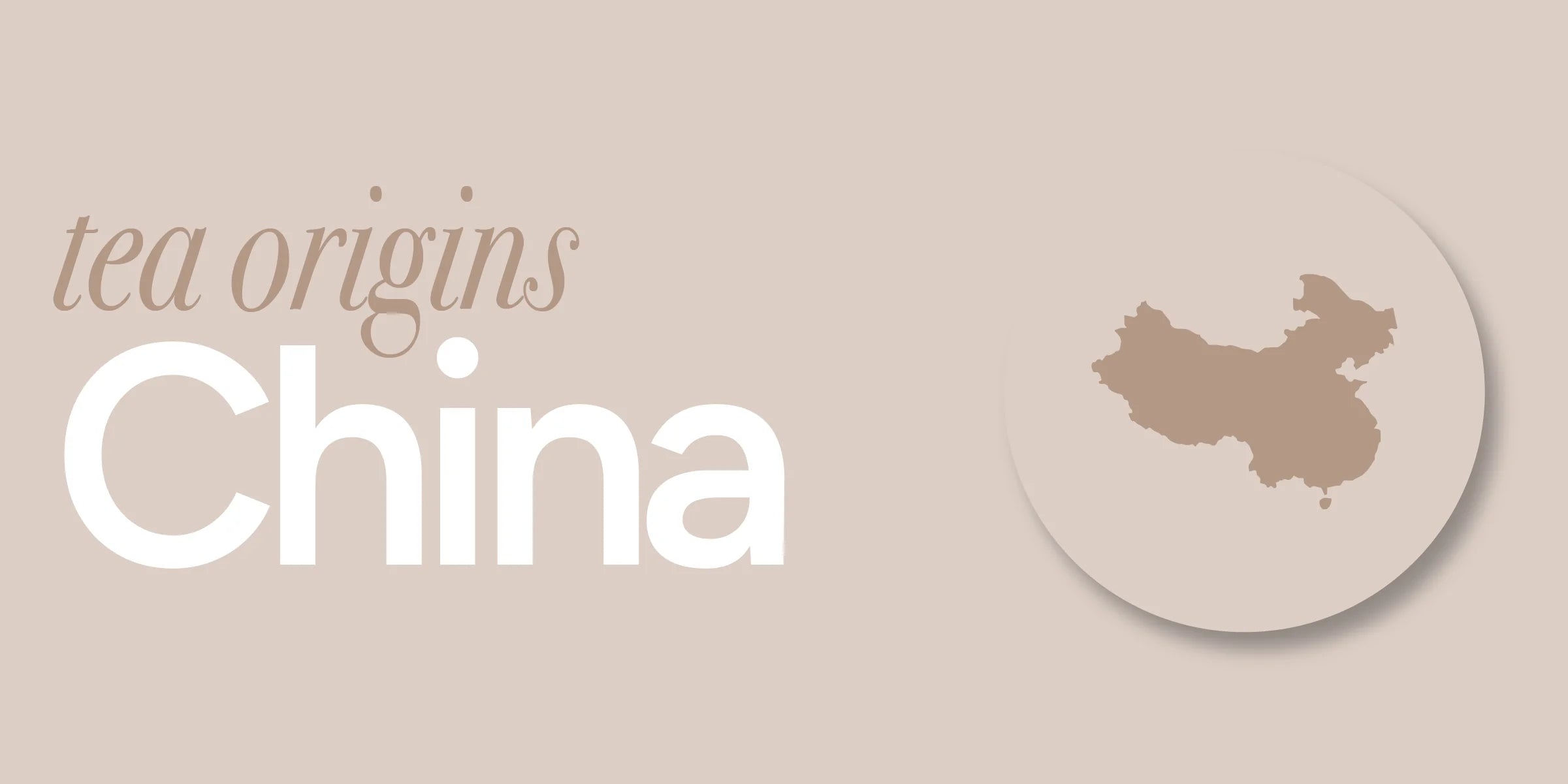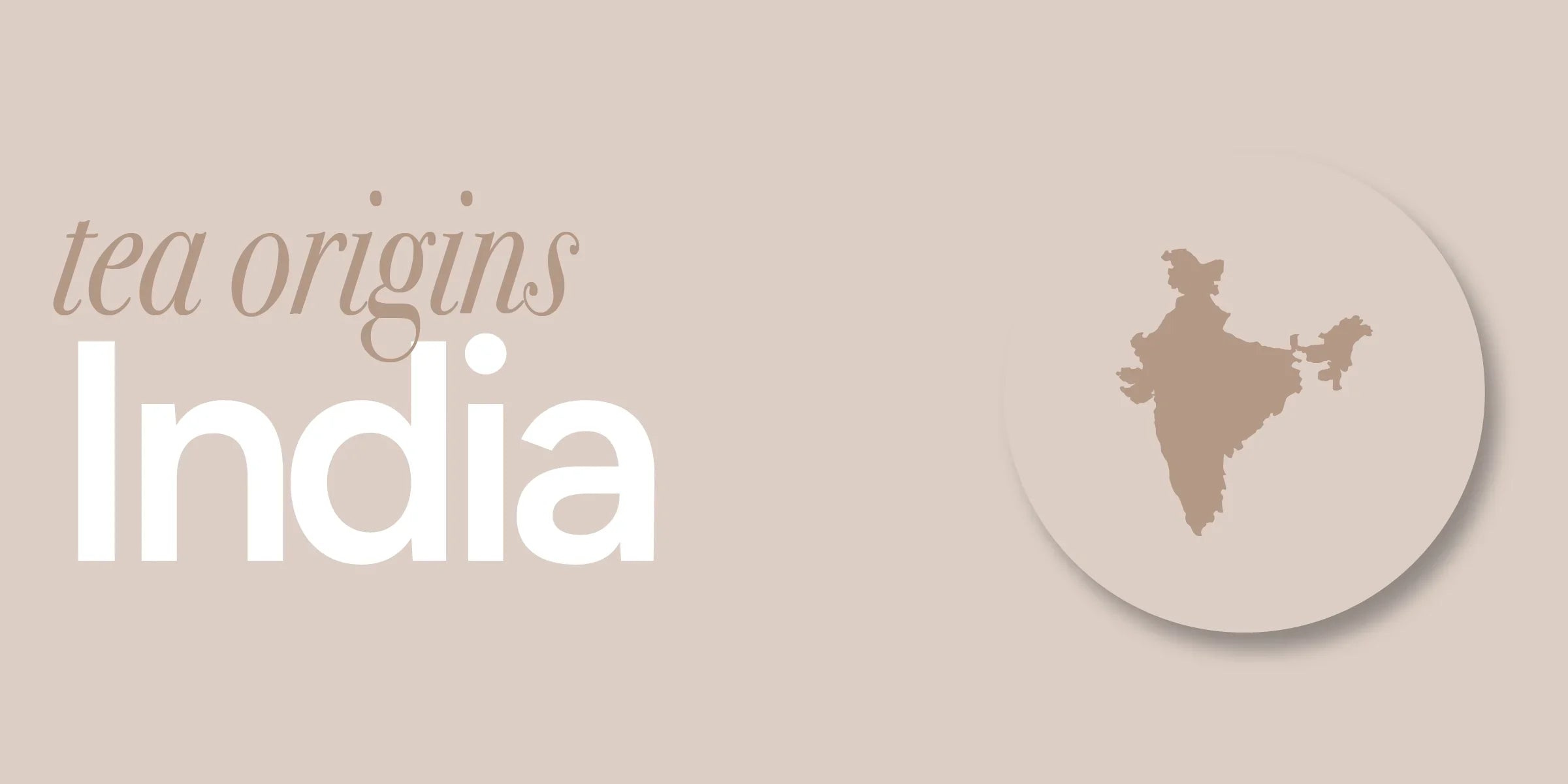Though tea didn’t originate in Japan, it has become an enduring part of Japanese culture. While it may not produce the same volume as other countries, Japan’s treatment of tea is unmatched in terms of quality and cultural significance.
Japanese Tea History
Tea was first introduced to Japan by way of a Buddhist monk named Saisho returning from China–widely considered to be the birthplace of tea–during the Heian period, sometime between 794 to 1185 BC.. He planted the tea seeds he brought back, with the leaves mostly used for medicinal purposes, but it wasn’t until the 11th century that the tea culture in Japan really took off.
Sometime between 1141-1215 AD, another monk named Eisai returned from a religious pilgrimage in China and planted seeds around monasteries. At this point in China’s tea history, they had begun to prepare tea by finely grinding the leaves into powder before pouring hot water on them–what we know as matcha today. So, when Eisai returned to Japan and planted the tea seeds around the monastery, this is how he and his fellow monks would prepare the tea. While this method fell out of popularity in China, it became an enduring staple of preparing tea in Japan. To this day, the Japanese tea ceremony has its roots in Eisai’s process of grinding and preparing tea over 1000 years ago. The powdered tea began as a way to help keep monks awake during meditation, but over the years, it expanded to the culture as a whole and tea became a part of daily life.
Throughout the centuries, new processes were invented to continue to push the evolution of tea in Japan. In the 16th century, the process of shading trees with Tana canopies was created. When tea is grown in the shade, it increases the development of chlorophyll, resulting in a brighter color and richer flavor. In the 18th century, a farmer named Nagatani Soen, who was unable to shade his trees, was determined to find another way to enhance the flavor of his tea. After many years of experimenting, he perfected the process of steaming and rolling his tea, leading to the invention of Sencha tea and a process that is still used today.
Relations between Japan and China changed drastically during this time. Japan went through an isolation period from 1603 to 1868 where trade and contact with the outside world were limited. Obviously, this meant they could no longer source their tea from China, so this was a time of forced growth in Japan. Creativity, particularly when it came to tea, flourished as they developed new ways to use their own resources. Teas like Matcha and Gyokuro grew in popularity. And as demand grew, so did the creativity.
Production and Types of Tea from Japan
Japanese tea is unique in that they have created a stunning amount of variety from one kind of leaf. All of their tea comes from the Camellia sinensis plant, with green tea varieties being the most common by far, but within this category there is great variation. From the purest form of matcha to matcha mixed with toasted rice for more of a savory, fuller-bodied tea, Japan’s tea culture is full of diversity.
Matcha, of course, is a renowned Japanese tea, made from grinding the tea leaves into a fine powder. There is food grade matcha and ceremonial grade matcha–the former is used in foods and baked goods, whereas the latter is of a higher quality and used in the Japanese tea ceremony.
Sencha, another green tea, is the most popular tea in Japan, common across restaurants and households. The list goes on–Gyokuro, Ujicha, Gen Mai Cha, and many others–testifying to Japan’s resourcefulness and creativity when it comes to preparing tea.
The process for Japanese tea can vary widely depending on the kind of tea–from very little processing, to rolling, oxidizing, steaming, or toasting it. Tea may not have originated in Japan, but they have certainly written their own stand-alone tea story that has lasted over a millenia, re-defining tea for many on both a cultural and global scale.



